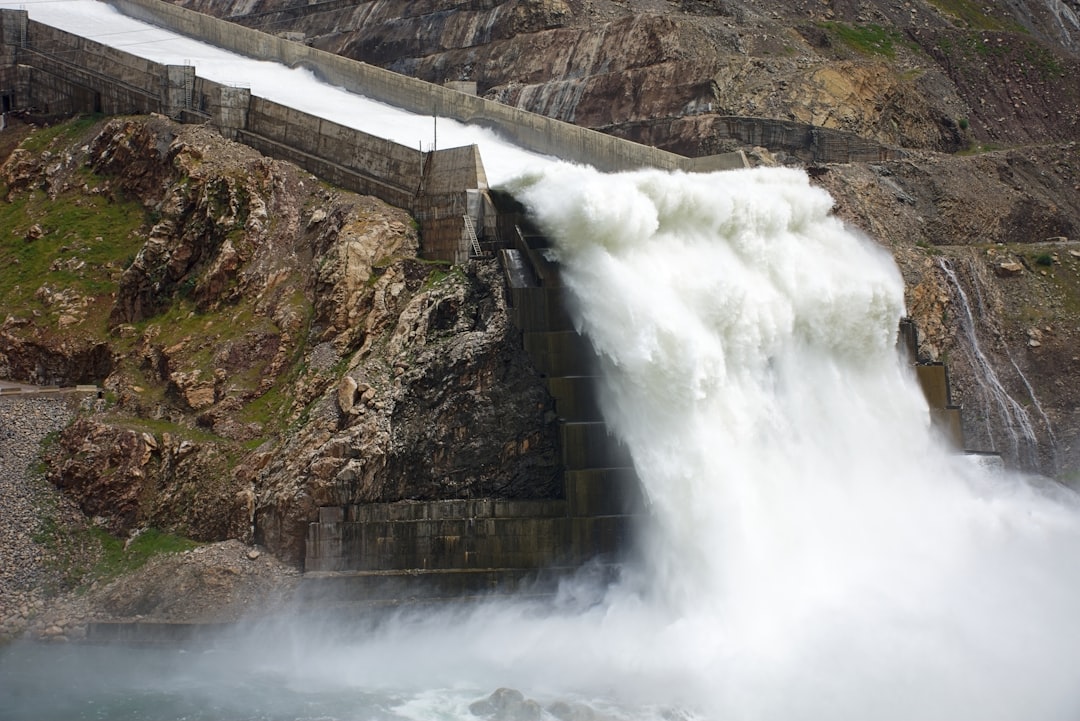What is it about?
Matter is anything that fills up space, has mass, and is made of molecules. Dense matter shows a variety of complex behavior at the scale of molecules. This behavior is not well understood. An equation that describes how matter behaves is called the “equation of state” (EOS). A simple EOS assumes an ideal case where the volume taken up by each molecule is negligible. A familiar example of a simple EOS is the ideal gas EOS. The ideal gas EOS links pressure, volume, and temperature. An ideal gas does not exist but is useful for describing gases at high temperatures and low pressures. Similarly, an EOS for ideal high density matter should describe a state all matter will reach at high pressures and low temperatures. This is an idea known as “thermodynamic symmetry.” In this study, the authors derived the EOS for high density matter from the ideal gas EOS. They did this using an idea called the “dual framework.” In this, they exchanged pressure for temperature and volume for entropy. Since the EOS did not involve any assumption on the structure of matter, it was general and, thus, applied to all matter. The authors then tested the EOS by studying it for nitrogen gas and different solid metals under high pressures.
Featured Image

Photo by Alexander Andrews on Unsplash
Why is it important?
The ideal high density matter EOS provides a simple description of how all matter should behave under high pressures and low temperatures. It acts as a useful reference point for informing how matter behaves in extreme environments, such as inside stars. Further, it can be used to describe matter in both solid and liquid states at high densities. KEY TAKEAWAY: This study provides a simple and useful EOS for ideal high density matter from that of an ideal gas using the ideas of thermodynamic symmetry and dual framework. Keywords/meta
Read the Original
This page is a summary of: A general equation of state for high density matter from thermodynamic symmetry, Journal of Applied Physics, January 2022, American Institute of Physics,
DOI: 10.1063/5.0077707.
You can read the full text:
Contributors
Be the first to contribute to this page










